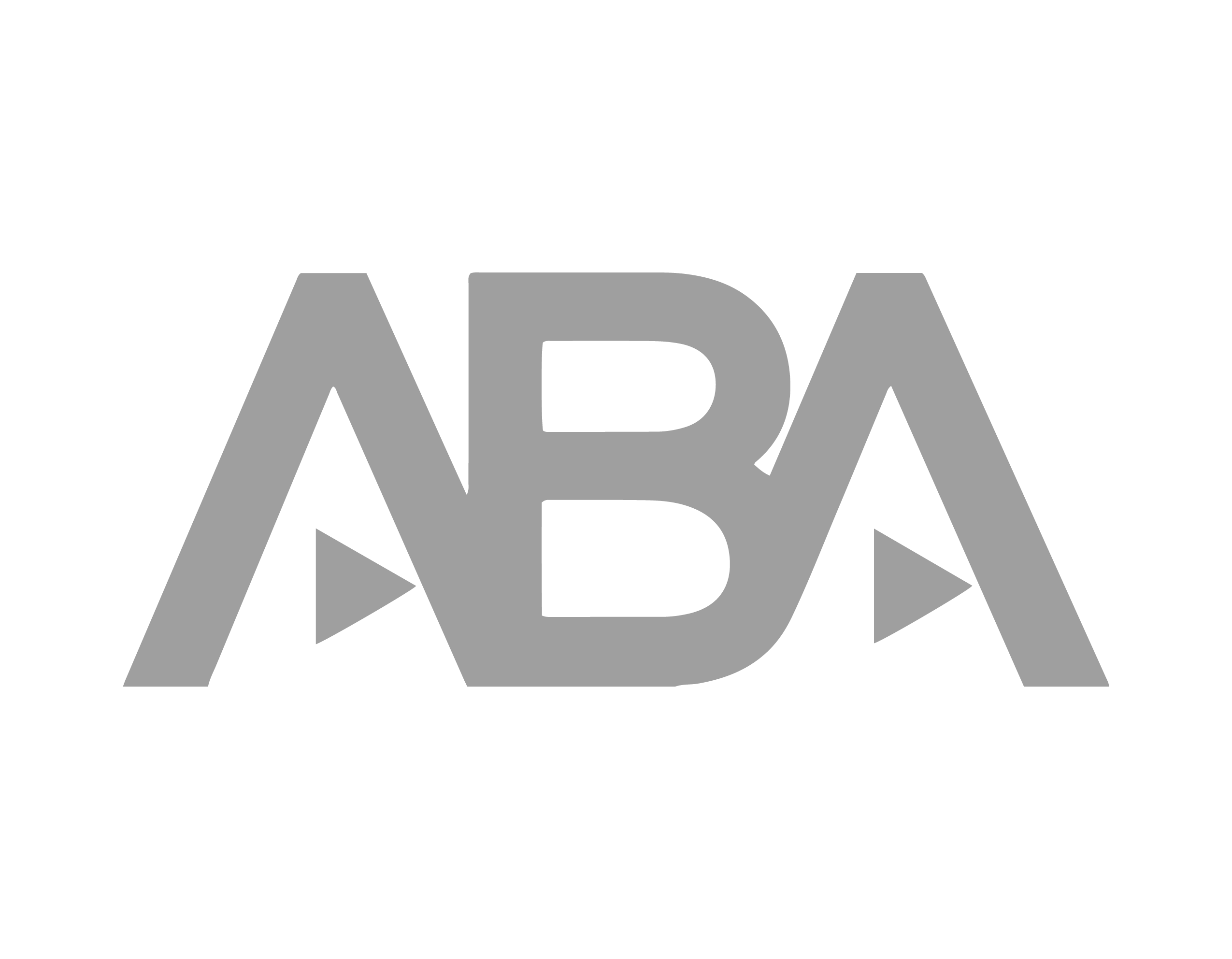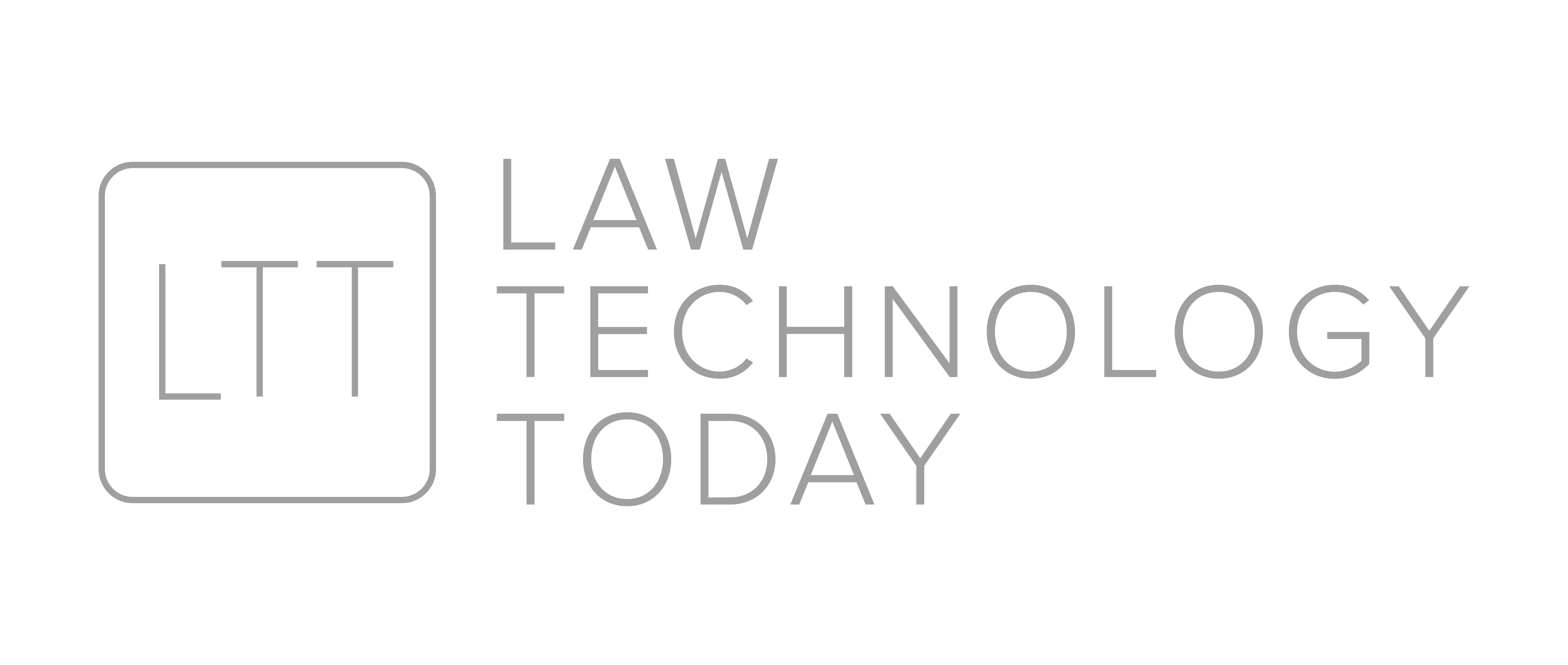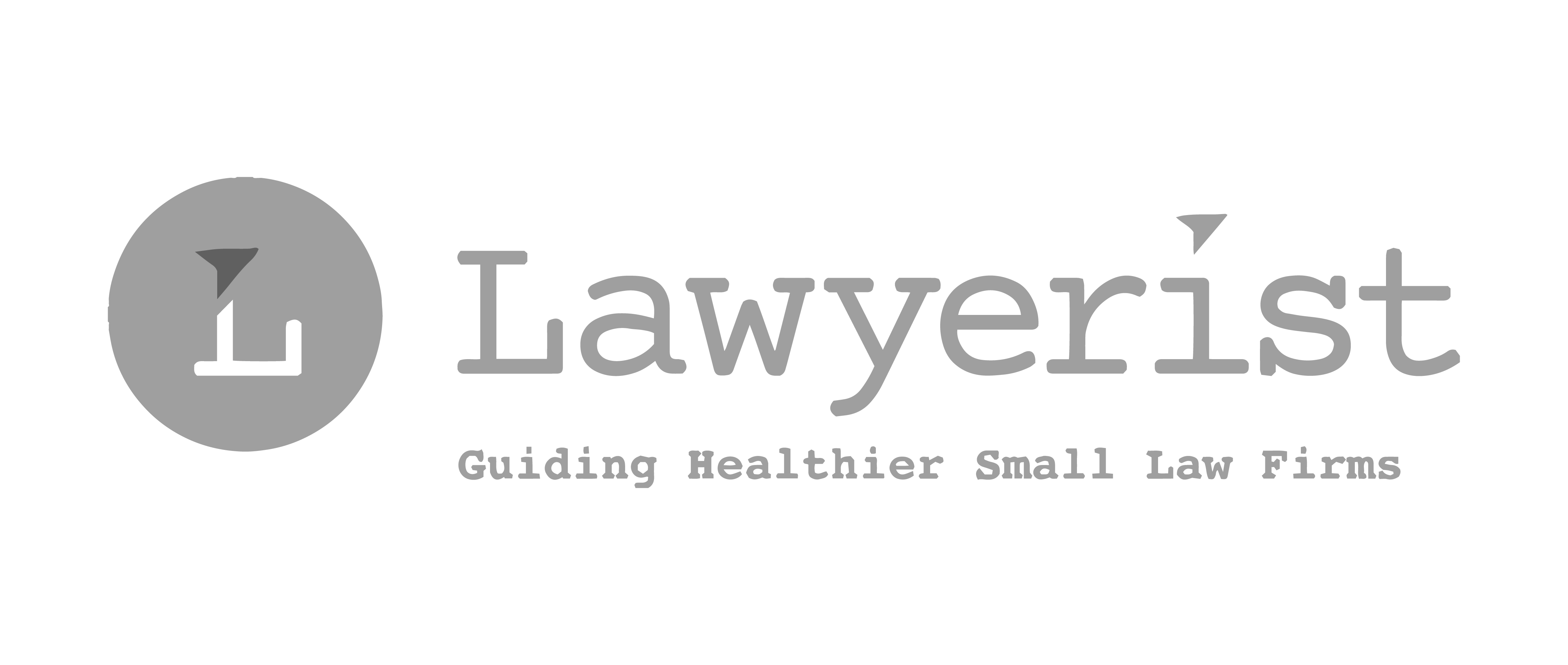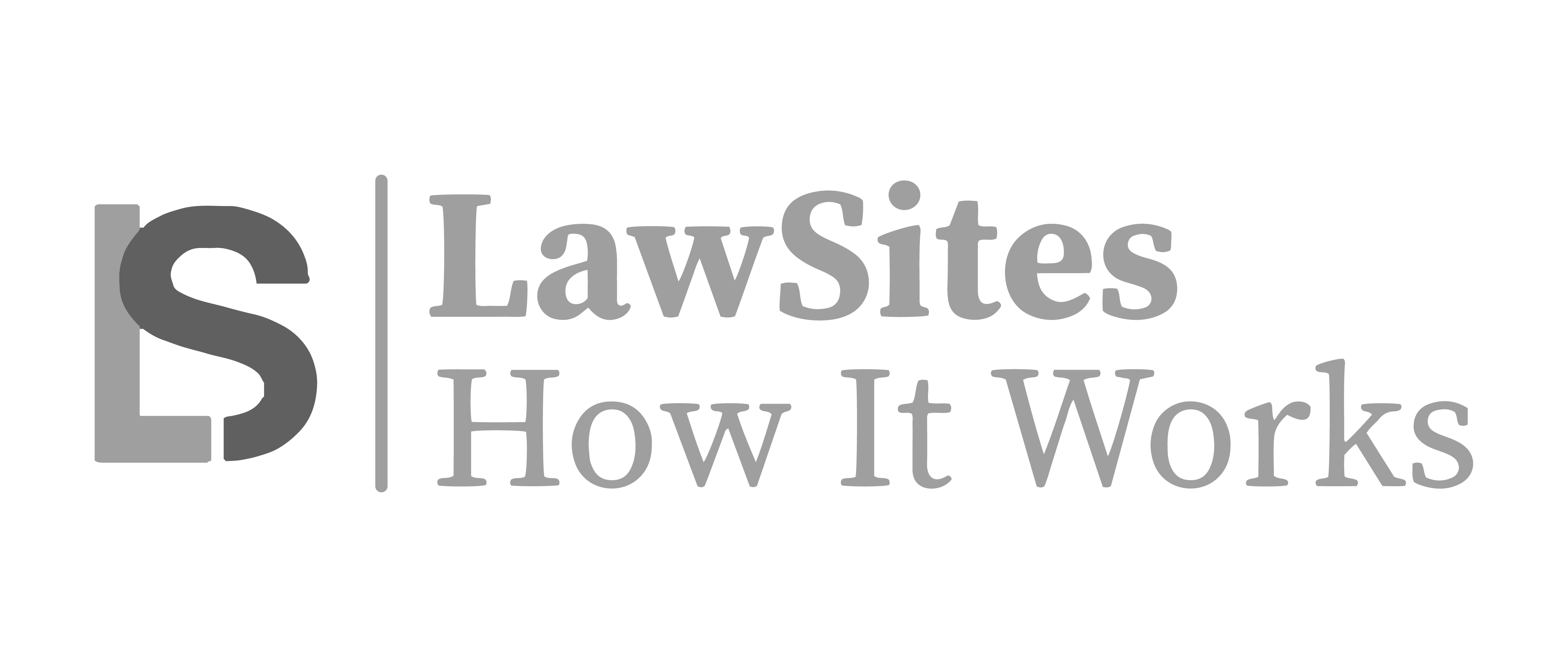Your Legal Billing Problem Needs to be Solved Yesterday
The following post is the third in a six-part series on legal billing excerpted from our white paper, Houston, We Have a Billing Problem.
Consider this: Currently, in the United States alone, there are 2X more lawyers than are actually needed for the available legal work.
Combine that with the continued growth of consumer and business self-help resources like LegalZoom, Nolo, Shakelaw, and others (the “commoditization” of legal services), add in the dramatic increase of available public information about lawyers and law firms (due to, among other things, the Internet), and a scary picture emerges.
From our vantage point serving thousands of law firms, we are convinced that the United States legal market will soon undergo a significant stratification with fewer firms receiving less high-quality work. This shift is a result of more lawyers, less available work, and a tighter, more competitively efficient market for the work that does still exist.
The future for the uninformed law firm looks bleak not just on the competitive landscape. The nature of revenue growth is in jeopardy. Historically, law firms have been able to sustain and, in some cases, grow by a combination of a few basic factors: (1) increasing the volume of business (e.g. adding new clients and/or generating more work from existing clients); and (2) increasing the price of the business (e.g. raising rates).
As to the practice of raising rates, future prospects are not what they once were. Counting on a continuing, steady increasing billable hour rate is no longer the safe assumption it once was. Since 2008, firms have continued to raise their rates, but the rate raises have been at a fraction of what they once were in the past. For example, typical billable hour rate raises that were in the 6-8% per year range before 2008 are now nearly 50% as large, running at 3.5% during 2013.
With rate increases being smaller, realization rates (as used here, the % of billed time actually collected from clients) become more important. Yet, realization rates are also steadily falling. The rate has fallen from approximately 92% in 2007 down to approximately 83% more recently.
Firms that are successful today, and who will continue to be successful in the future, will be the firms that know how to address these challenging factors in a way that turns them into a competitive advantage. Competitive differentiation, expressing itself in several ways, will be a major tactic to solidify this advantage. Firms that thrive on competitive differentiation will rise above the ocean of other firms and be the firm that continually gets the work.
And one way to give your firm the tools to achieve competitive differentiation: optimal time and billing.
Next up: Which Law Firm Wins the Business?
POSTS IN THE SERIES:
How Bad is Your Legal Billing Problem?
Legal Billing: The Five Levels of Success
Your Legal Billing Problem Needs to be Solved Yesterday
Legal Billing: Which Law Firm Wins the Business?
How Legal Billing Practices Can Differentiate Your Firm
7 Steps to Fixing Your Legal Billing Problem
Share post:








